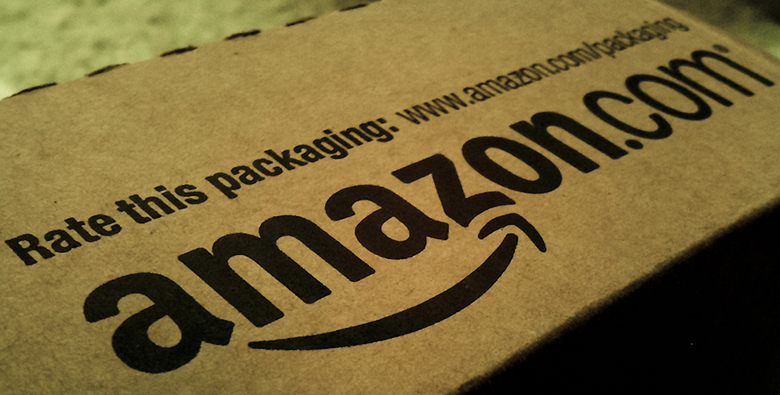27.1 – Introduction to Cost Assumptions for Profit Maximizing Firms

Amazon
In less than two decades, Amazon.com has transformed the way books are sold, bought, and even read. Prior to Amazon, books were primarily sold through independent bookstores with limited inventories in small retail locations. There were exceptions, of course; Borders and Barnes & Noble offered larger stores in urban areas. In the last decade, however, independent bookstores have become few and far between, Borders has gone out of business, and Barnes & Noble was sold to a hedge fund in 2019. Online delivery and purchase of books has indeed overtaken the more traditional business models. How did Amazon change the bookselling industry? How did it manage to crush its competition and become the largest online retailer in the US?
A major reason for the giant retailer’s success is its production model and cost structure, which has enabled Amazon to undercut the prices of its competitors even when factoring in the cost of shipping. Read on to see how firms great (like Amazon) and small (like your corner deli) determine what to sell, at what output and price.
Learning Objectives
In this chapter, you will learn about:
- Explicit and Implicit Costs, and Accounting and Economic Profit
- The Structure of Costs in the Short Run
- The Structure of Costs in the Long Run
- Costs, Profits, and Market Structure
This chapter is the first of several chapters that explore theories of the firm. The orthodox version of this theory explains that firms behave in much the same way as consumers behave. What does that mean? Let’s define what is meant by the firm. A firm (or business) combines inputs of labor, capital, land, and raw or finished component materials to produce and sell outputs for a profit. If the firm is successful, the outputs are more valuable than the inputs. This activity of production goes beyond manufacturing (i.e., making things). It includes any process or service that creates value, including transportation, distribution, wholesale and retail sales. Production involves a number of important decisions that define the behavior of firms. These decisions include, but are not limited to:
- What product or products should the firm produce?
- How should the products be produced (i.e., what production process should be used)?
- How much output should the firm produce?
- What price should the firm charge for its products?
- How much labor should the firm employ?
The answers to these questions depend on the production and cost conditions facing each firm. The answers also depend on the structure of the market for the product(s) in question. Market structure is a multidimensional concept that involves how competitive the industry is. It is defined by questions such as these:
- How much market power does each firm in the industry possess?
- How similar is each firm’s product to the products of other firms in the industry?
- How difficult is it for new firms to enter the industry?
- Do firms compete on the basis of price, advertising, or other product differences?
In this chapter we’ll take a look at how firms determine their costs and desired profit levels according to the assumptions of orthodox theory. In the chapters that follow, then, we will explain how firms behave in different competitive environments. In later chapters, you’ll see that heterodox economists have a different understanding of all of these topics, from costs and prices, to profits and competition.
an organization that combines inputs of labor, capital, land, and raw or finished component materials to produce and sell outputs for a profit
